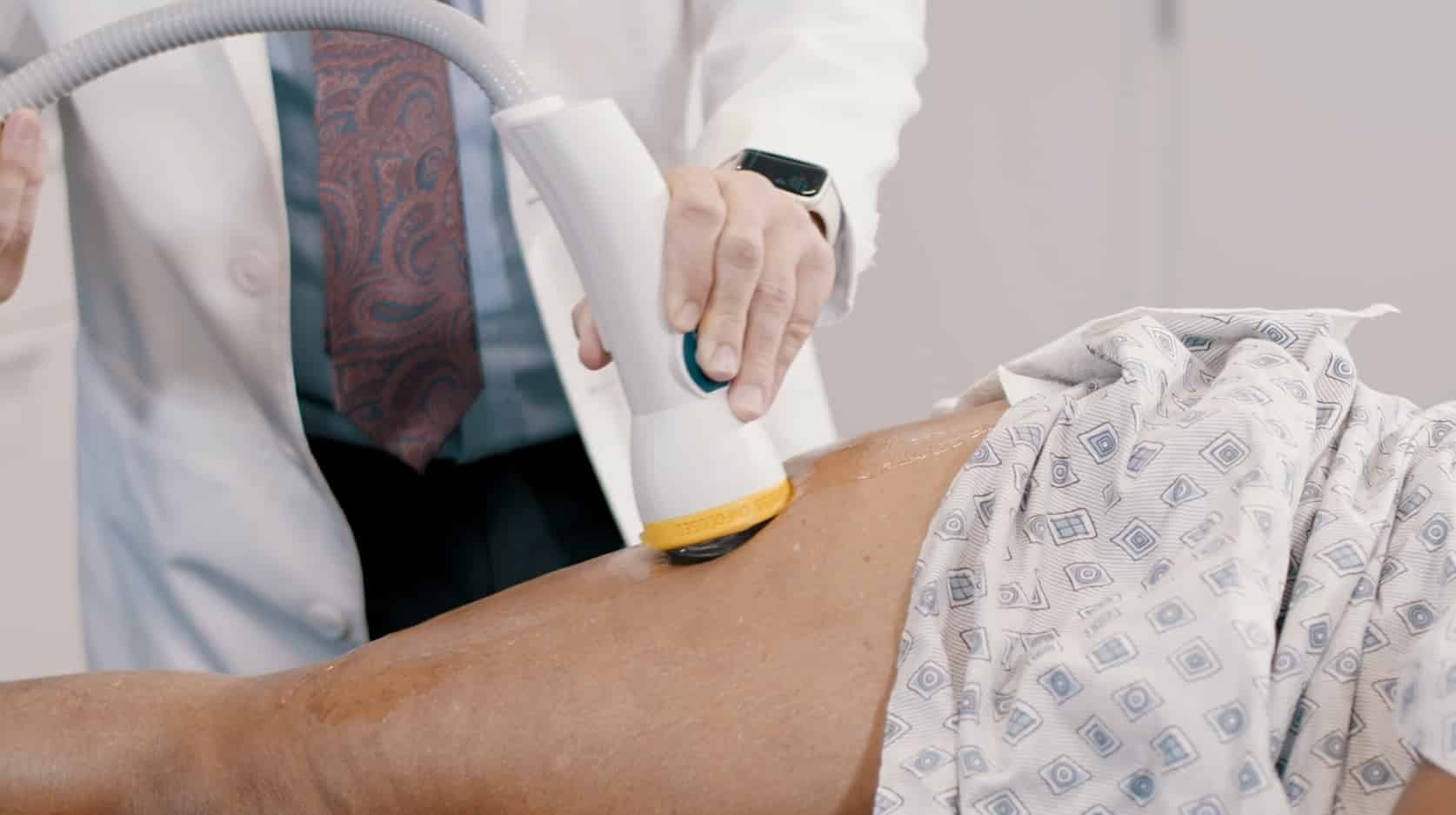
Back pain is one of the most common and frustrating conditions affecting people of all ages, often disrupting daily life and limiting mobility. With so many treatment options available—ranging from physical therapy to invasive surgeries—finding an effective, non-invasive solution can feel overwhelming. That’s where SoftWave therapy comes in. Marketed as a cutting-edge, drug-free approach to pain relief, it’s gaining attention for its potential to alleviate chronic and acute back pain without the risks or downtime of traditional methods.
For individuals struggling with persistent discomfort, the promise of fast and lasting results can sound too good to be true. This blog explores whether SoftWave therapy truly delivers on its claims, how it works, and whether it’s the right option for people living with back pain. Whether you're newly diagnosed, managing chronic pain, or looking to avoid surgery, this guide is designed to help you make an informed decision.
SoftWave therapy, also known as extracorporeal shock wave therapy (ESWT), is a non-invasive treatment that uses acoustic pressure waves to stimulate healing at the cellular level. Originally developed for treating kidney stones and orthopedic injuries, SoftWave technology has evolved and is now used to manage chronic pain, including lower and upper back pain.
The therapy works by sending low-intensity shock waves into the targeted tissue. These waves help increase blood flow, activate stem cells, and promote tissue regeneration. For individuals with back pain, this means that SoftWave therapy can reduce inflammation, enhance circulation, and encourage natural healing processes—all without the need for surgery or medication.
A key benefit is its ability to target the root cause of pain rather than just masking symptoms. While results can vary based on the severity and type of back pain, many patients experience improved mobility and reduced pain after just a few sessions. Overall, SoftWave therapy offers a science-backed approach to long-term pain relief that avoids the complications of more invasive procedures.
Related: SoftWave Therapy vs. Traditional Pain Treatments: Which Is Right for You?

SoftWave therapy has shown promise in treating a wide range of back pain conditions, from chronic ailments to injury-induced discomfort. One of its most appealing features is its versatility in targeting different layers of muscle, ligament, and even nerve tissue.
For individuals suffering from lower back pain, whether due to poor posture, degenerative disc disease, or muscle strain, SoftWave can offer relief by stimulating blood flow and easing muscular tension. Those dealing with upper back or thoracic pain, often caused by desk work or stress-induced muscle knots, may also benefit from its localized effect.
Conditions like herniated discs, sciatica, and facet joint pain have responded positively to SoftWave treatments in some cases. The therapy works by promoting cellular repair and reducing inflammation, which can alleviate pressure on nerves and restore mobility.
Even post-surgical patients or those who’ve undergone other treatments without success may find SoftWave to be a valuable addition to their recovery regimen. It’s particularly useful for those looking to manage pain conservatively and avoid additional surgeries or long-term medication use.
SoftWave therapy stands out for being a drug-free, non-invasive solution to back pain. Compared to conventional options like medication, physical therapy, or surgery, it offers several unique advantages that make it increasingly popular among those seeking alternative treatments.
One of the most notable benefits is its ability to treat the underlying causes of pain rather than simply suppressing symptoms. Unlike painkillers, which provide temporary relief, SoftWave therapy works by triggering the body’s natural healing response. This makes it ideal for individuals who want long-term results without dependency on medication.
Another advantage is the lack of downtime. Patients can return to their normal activities immediately after treatment, unlike surgery or even intensive physical therapy that may require recovery periods. This convenience, combined with the typically short duration of each session (15–30 minutes), makes SoftWave a practical choice for those with busy lifestyles.
SoftWave also boasts a low risk of side effects compared to injections or surgical procedures. For people who are not candidates for surgery due to age, health status, or personal choice, this therapy offers a safe and effective alternative that supports healing without adding risk.
If you’re considering SoftWave therapy for back pain, it’s helpful to know what the treatment process looks like. Typically, a session is straightforward, quick, and performed in a clinical setting—often a physical therapy or chiropractic office.
Before the procedure begins, a clinician will assess your back pain and determine the areas that need to be targeted. A gel is applied to your skin to help transmit the acoustic waves efficiently. Then, a handheld device is used to deliver short bursts of energy into the tissue. You may feel a mild tapping or pulsing sensation, which some describe as slightly uncomfortable but generally tolerable.
Each session lasts around 15 to 30 minutes, and there’s no need for anesthesia or recovery time. Some people report feeling immediate relief, while others notice gradual improvements over several sessions. The number of sessions required varies based on your condition's severity, but many providers recommend a series of 3 to 6 treatments for optimal results.
It’s a fast, convenient therapy designed to integrate seamlessly into your routine, making it easier to stay consistent and see long-term benefits.
SoftWave therapy is considered very safe, especially when performed by trained professionals. However, like any medical treatment, there are some side effects and precautions to be aware of:
These side effects are typically short-lived and resolve within a few hours to a couple of days. Most people tolerate the treatment well and find the benefits far outweigh any temporary discomfort. That said, it’s important to consult with a qualified provider who can evaluate whether SoftWave therapy is appropriate based on your medical history and condition.
The timeline for experiencing relief with SoftWave therapy varies, but many patients report noticeable improvement after just a few sessions. Here’s what you can generally expect:
It’s essential to remember that results depend on the severity and root cause of the back pain. Consistency is key—skipping sessions or stopping early can delay recovery. Setting realistic expectations and following your provider’s recommendations will help you get the most out of SoftWave therapy.
If you're tired of living with back pain and looking for a non-invasive, results-driven solution, SoftWave therapy might be the answer. At Mountain Valley Family Chiropractic in Fort Collins, Colorado, Dr. Ronil Pala, D.C. specializes in helping patients find lasting relief through innovative, patient-centered care.
Don’t wait to feel better—schedule your consultation today and take the first step toward a pain-free, more active life.
